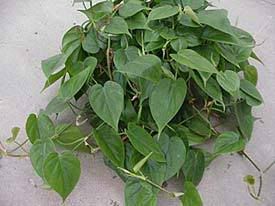Amazing facts right on Kew
Discover some other amazing facts about Kew.
- Kew's Herbarium has 7.5 million dried specimens of plants and fungi - the most comprehensive collection in the world.
- In 1876, Kew received 70,000 seeds collected from Amazonian rubber trees. From the seeds that were germinated, seedlings were sent to Malaysia and Sri Lanka, founding their rubber industry.
- The design of the Palm House was based on an upturned ship’s hull, as Richard Turner got his inspiration from boatbuilding.
- George lll was sent to Kew Palace to recuperate after he succumbed to porphyria.
- Kew Gardens was originally a nine-acre site laid out by George III's mother Princess Augusta in 1759. It's now 300 acres or 121 hectares.
- Kew's flagpole, at nearly 70m high, is the tallest in the UK. Made from a single piece of Douglas fir, it was a gift from Canadian Loggers' Association.
- Kew's Pagoda, completed in 1762, was a present for Princess Augusta, mother of George III and is almost 50m (167ft) high.
- The Temperate House - became the largest greenhouse in world in 1899. It 's now the largest surviving Victorian greenhouse.
- The oldest plant in the Palm House, a cycad, Encephalartos altensteinii, was introduced from South Africa in 1775.
- Kew Gardens has the largest living plant collection in the world of 30,000 species.
- The oldest surviving tree at Kew Gardens is a sweet chestnut, Castanea sativa, planted in the early 1700s.
- Some of the hollies at Kew Gardens are over 135 years old.
- There are 550 species in the Grass Gardens at Kew, everything from lawn to pampas.
- As of 4 July 2003, the Millennium Seed Bank (MSB) held in its cold store 6,655 identified species, amounting to 15,613 collections. This represents about 2.8 per cent of the world's flora.
- There are 22 miles of paths at Kew Gardens.





